Insulating 1840's Boston house
rossierocks
13 years ago
Related Stories
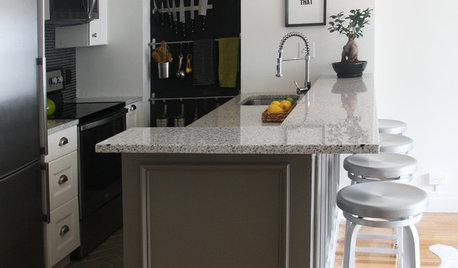
BEFORE AND AFTERSA Boston Kitchen and Bath Go From Dreary to Darling
See how a $25,000 renovation budget gave 2 outdated spaces in a small Massachusetts apartment a brand-new look
Full Story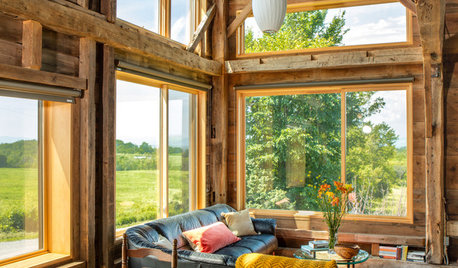
GUESTHOUSESHouzz Tour: This Guesthouse’s Former Residents Were Horses
A new insulated exterior for a Vermont carriage barn preserves its rustic interior
Full Story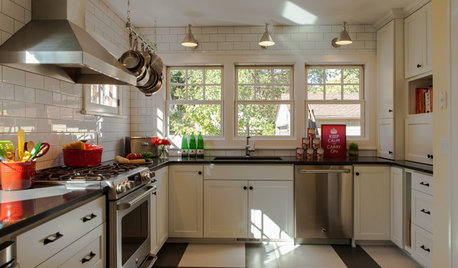
KITCHEN DESIGNGet Ideas from 10 Kitchen Makeovers
Share your thoughts on gorgeous kitchen transformations from Boston to Bristol. Which is your favorite?
Full Story
LIFE7 Things to Do Before You Move Into a New House
Get life in a new house off to a great start with fresh paint and switch plates, new locks, a deep cleaning — and something on those windows
Full Story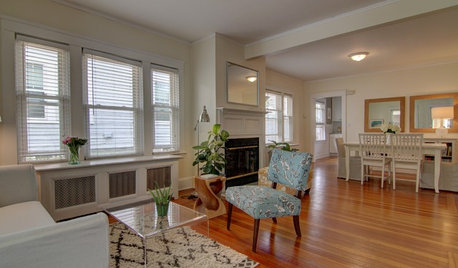
SELLING YOUR HOUSEA Moving Diary: Lessons From Selling My Home
After 79 days of home cleaning, staging and — at last — selling, a mom comes away with a top must-do for her next abode
Full Story
ARCHITECTURERoots of Style: Do You Live in a Minimalist Traditional House?
Cottages, bungalows, farmhouses ... whatever you call them, houses in this style share several characteristics. See how many your house has
Full Story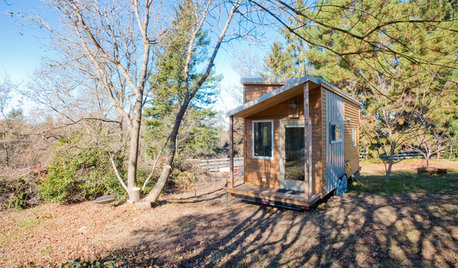
SMALL HOMESHouzz Tour: Rolling With Simplicity in a Tiny House on Wheels
Just 240 square feet, this California home encourages efficient living — but there’s still room for yoga
Full Story
SELLING YOUR HOUSEHelp for Selling Your Home Faster — and Maybe for More
Prep your home properly before you put it on the market. Learn what tasks are worth the money and the best pros for the jobs
Full Story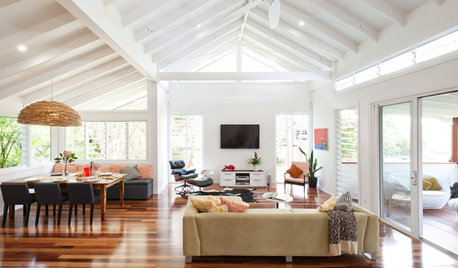
LIFE8 Ways to Tailor Your Home for You, Not Resale
Planning to stay put for a few years? Forget resale value and design your home for the way you live
Full Story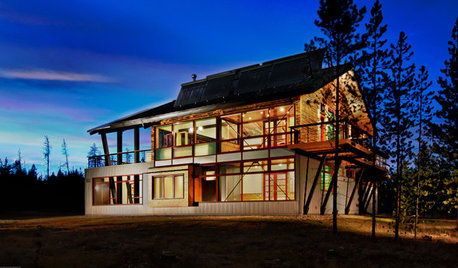
GREEN BUILDINGZero Net Energy: A Hardworking-House Term to Know
Homes that consume only as much energy as they produce by renewable means are a goal for builders. Learn what ZNE means for you
Full StoryMore Discussions







Carol_from_ny
rossierocksOriginal Author
Related Professionals
Bonita Kitchen & Bathroom Designers · Buffalo Kitchen & Bathroom Designers · Frankfort Kitchen & Bathroom Designers · San Jacinto Kitchen & Bathroom Designers · Artondale Kitchen & Bathroom Remodelers · Beverly Hills Kitchen & Bathroom Remodelers · Jefferson Hills Kitchen & Bathroom Remodelers · Phoenix Kitchen & Bathroom Remodelers · Port Charlotte Kitchen & Bathroom Remodelers · Pueblo Kitchen & Bathroom Remodelers · Roselle Kitchen & Bathroom Remodelers · Toms River Kitchen & Bathroom Remodelers · Seattle Architects & Building Designers · West Palm Beach Architects & Building Designers · White Oak Architects & Building Designersliriodendron
thisishishouse
User
brickeyee
antiquesilver
sombreuil_mongrel
brickeyee
rossierocksOriginal Author
powermuffin
mainegrower